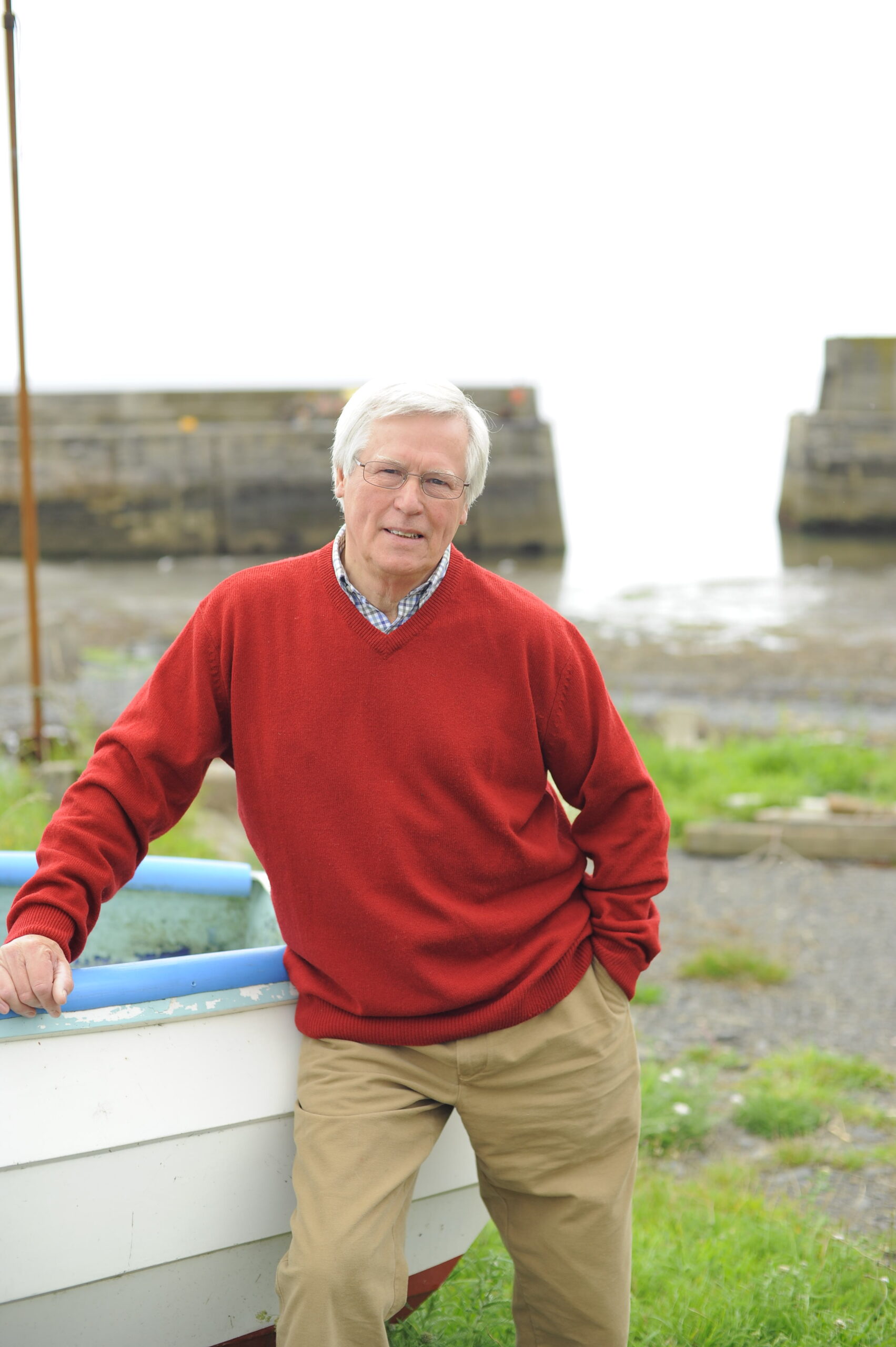For many centuries they have stood four-square against the elements, but now the nation’s historic buildings are being threatened by climate change. Like in so many of the less-grand houses where you and I live, recent storms left a trail of destruction.
At Cragside in Northumberland, the first house in the world to be powered by hydro-electricity, ironically, flood water swamped the powerhouse. At Hardwick Hall in Derbyshire, a historic collection of 300 books had to be rescued when rain leaked in through the windows.
- The UK is set to lose one in six species. We can stop this, says John Craven
- John Craven: Could more of Scotland be community owned?
- John Craven: Can oysters save our seas?
What is that, you might ask, in comparison to the suffering of thousands of people still drying out their homes? The answer is that global warming impacts all levels of society, which is why the National Trust, which looks after 250,000 hectares of countryside, 28,000 buildings, gardens and nature reserves and 780 miles of coastline, has just launched a wide-ranging strategy: ‘A Climate for Change’.
It urges the Government to take the situation more seriously, with new laws creating national targets to work towards and a designated minister in the Cabinet driving the action. “Climate adaptation must be at the heart of government and decision-making,” it says, and calls for vital support for sectors most likely to be affected and greater investment in research.
‘Adaptation’ has become the key word among those demanding action; in simple terms, it means coming up with solutions to combat current and future impacts on people, livelihoods and ecosystems.
“The process we’ve proposed is: first, understanding the problems and the options, then taking early action,” the Trust’s climate adviser Keith Jones told me. “As long as we keep emitting carbon in the volumes we do, we are going to have to adapt. Conservation is about the management of change – it always has been.
“A very simple example: if we build in areas prone to flooding, then building-in recovery at the start is the next best thing. If you look at historic houses along the Thames Estuary, quite often they have tiled floors which will dry out quicker.”
The National Trust hopes its climate change strategy will act as a launch pad for greater emphasis on adaptation, driving it higher up the political and public agenda.
But the ways of the past are often not helpful when it comes to heritage projects. In days gone by, large houses were built with gable ends facing prevailing south-westerly storms. These days, more winds are north-easterly so their eves and windows face stresses they have never had before.
Fighting climate change can result in heavy extra costs for cash-strapped preservation bodies, so should they consider letting go of properties that become too vulnerable? “In most cases, heritage sites can adapt to changing circumstances, so that most, if not all, of what we cherish about them can be passed on safely to future generations,” says Andy Brown of Historic England.
“In those rare cases where that’s not possible, just like losing a site to development, we should work to make a virtue out of necessity and capture any evidence before it’s lost forever. In that way stories of the place can live on as history.”
The National Trust hopes its climate change strategy will act as a launch pad for greater emphasis on adaptation, driving it higher up the political and public agenda. “I’m never a fan of doom and gloom,” says Keith Jones. “We need to hope.”

